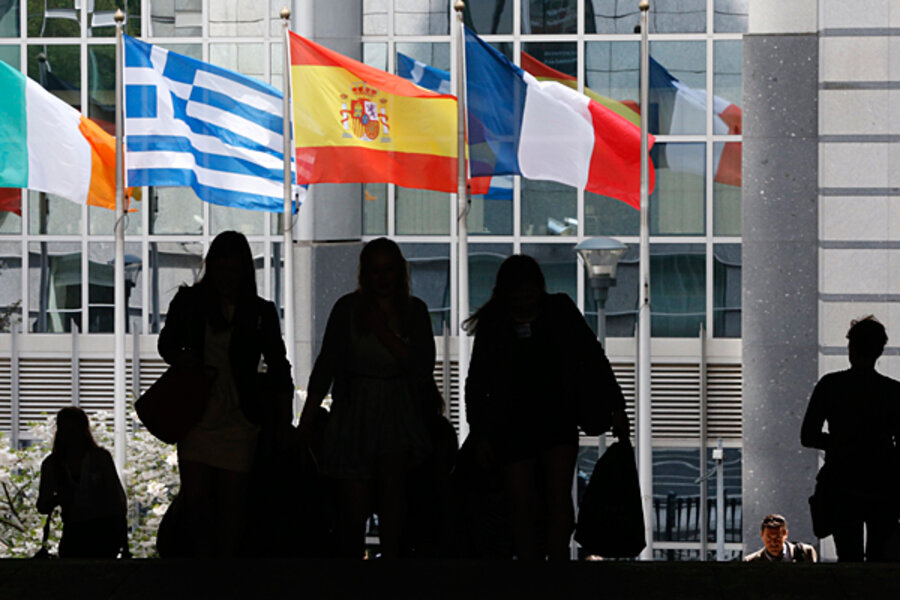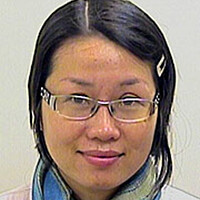How closely related are we to each other?
Loading...
Despite geographical distance and superficial differences in appearance, Europeans share the same set of ancestors who lived just 1,000 years ago.
This is the conclusion of a genetic study of more than 2,200 people across Europe, published in the journal PLoS Biology. Researchers found that, 1,000 years ago, nearly everyone who left descendants is an ancestor of nearly every present-day European.
The geographically farther people are from each other, the number of common genetic ancestors they share declines, on average. But because these genetic ancestors form a small fraction of common genealogical ancestors, Europeans from opposite ends of the continent, say, the United Kingdom and Turkey, still share millions of common ancestors.
"What’s remarkable about this is how closely everyone is related to each other," said study's co-author Graham Coop, a geneticist at the University of California, Davis, in a press release.
The results, Coop said, provided concrete evidence from DNA data to confirm a 1999 mathematical model of genealogy by a Yale scientist, which estimated that every European living today (except recent immigrants) has the same direct ancestor who lived in the continent about a thousand years ago.
Chang's approach, according to a 2002 story in The Atlantic, suggested that all Europeans were descendants of Charlemagne, who founded the Roman Empire in 800 AD.
Coop said such close kinship as among Europeans can be found in other parts of the world.
The 13th century Mongol emperor Genghis Khan might have been the ancestor of nearly 8 percent of the male population in the former Mongol empire, which extended from the Sea of Japan to Eastern Europe. These people were found to have nearly identical Y chromosomes. That translates to some16 million descendants living today. However, there is no way to confirm this finding unless Khan's tomb were found and his DNA could be obtained. (Legend has it that, to keep its location secret, the slaves who built the tomb were massacred, and then the soldiers who massacred them were themselves killed, just to be safe.)
What about the common ancestor of all humans? Another model developed in 2004 by Chang and his two co-authors estimated that the most recent common ancestor of mankind may have lived as recently as about 3,000 years ago. If it is true, we all might be descendants of Confucius, who died in 479 BC, or even Queen Nefertiti, who died in 1330 BC.








